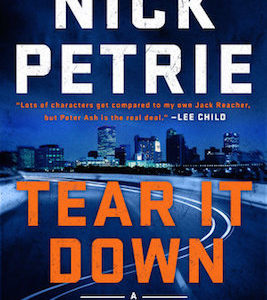It’s been said that a suspense story is only ever as good as its antagonist, and I can’t help but agree. I like to think of a villain as a twisted mirror to the protagonist, perfectly built to oppose and attack him or her. It runs deeper than merely conflicting goals. Whatever the hero’s weakness is—that’s the villain’s strength. Whatever internal vice the hero is fighting—the villain surrendered to it ages ago. Whatever frightens the hero—the villain embodies it. These are the fundamentals, as I see them, for creating a good antagonist that properly drives and elevates the story.
As for a great one?
I won’t try to answer that, but I can give some of my personal favorite villains of all time, pulled from five terrific books and one terrific film. I’ve tried to avoid spoilers wherever possible:
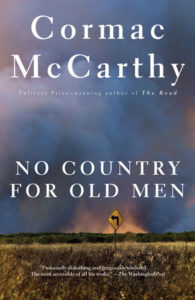
No Country For Old Men, by Cormac McCarthy
Renegade cartel gun Anton Chigurh is an alien walking in human skin, and he’s all the more weirdly scary because his name rhymes with “sugar.” He’s methodical in his dispassionate killing and Terminator-like drive to accomplish his goals, but he’s not a generic force of mayhem. To his own risk and detriment, he seems to follow a twisted moral code; albeit one that’s entirely his own creation and utterly incompatible with ours. In this way, he’s the ultimate foil to Sheriff Bell, and the broader ideals of all law enforcement—an incomprehensible force, incompatible with our world, roaming freely within it.

Mr. Mercedes, by Stephen King
Contrasting the hard competence of Anton Chigurh is the sniveling Brady Hartsfield of Mr. Mercedes, who, if nothing else, thoroughly redefines the term “Mama’s Boy.” King demonstrates you can simultaneously pity a villain and loathe their guts by painting Brady as a broken man-child hidden in plain sight—working in an electronics store and selling ice cream, of all things—with a taste for petty cruelty and an utterly unhealthy relationship with his mother. Further complicating the mix of empathy and hatred, a key flashback scene involving a staircase will forever be burned into my mind. Brady is vile, weak, and wounded—and ultimately, a ticking time bomb that Detective Hodges must race to stop.
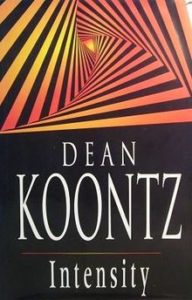
Intensity, by Dean Koontz
Edgler Foreman Vess, like many people, has a bit of an adventurous streak—but instead of whitewater rafting, he’s set his sights on the most extreme forms of homicide. During a bracing home-invasion sequence, one of the very first things we (and our heroine Chyna Sheperd) witness Vess do is pause his rampage to eat a spider. As character introductions go, it’s somewhere up there with the pencil scene from The Dark Knight. And it’s also something of a statement of intent from Koontz, because it’s only page 40. There’s still over 300 nerve-racking pages to go, and Vess is the fascinating evil at the center of it all, from his delusional narcissism (he gleefully points out that the letters in his name can be rearranged to spell ‘God Fears Me’), to his memorable choice in pets.
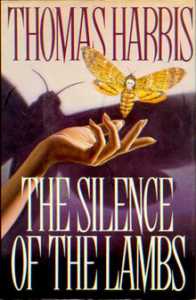
The Silence of the Lambs, by Thomas Harris
It feels like a cliche to include Hannibal Lector, but it would also be inappropriate not to. Here he is. Thomas Harris’s classic The Silence of the Lambs remains one of the most perfectly-told crime stories I’ve ever read, and one of my favorite things about it is how it elegantly casts Lector not as the villain running amok, but as a dangerous captive whose expertise our rookie heroine must use to accomplish her urgent mission—without allowing herself to get used by him. Through masterful writing and perfectly timed character beats, simple conversations through security bars become high-wire suspense set-pieces. And Lector himself is a towering and unforgettable presence, sophisticated, brilliant, and still cruel enough to talk a fellow inmate into swallowing his own tongue.
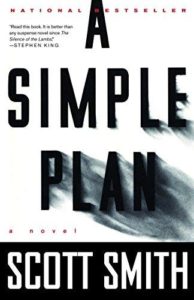
A Simple Plan, by Scott B. Smith
It’s difficult to explain why I love this book so much without venturing into spoiler territory, so I’ll keep the villain’s exact nature undefined. And that’s the point—three ordinary people leading ordinary lives, with existing tensions and emotional baggage, stumble across a life-changing amount of money in the remote forest and decide to take it for themselves. Although Smith’s enthralling morality tale sets many conventional consequences in motion, the truest and most disturbing villain is ever-present inside each of the main characters from the very first page. It lies dormant inside objectively “good” people, invisible until Smith exposes it in all its ugliness, as he does in a certain powerful plot twist that concludes an exhausting action sequence two-thirds of the way through the novel, which left me speechless. Read this book.
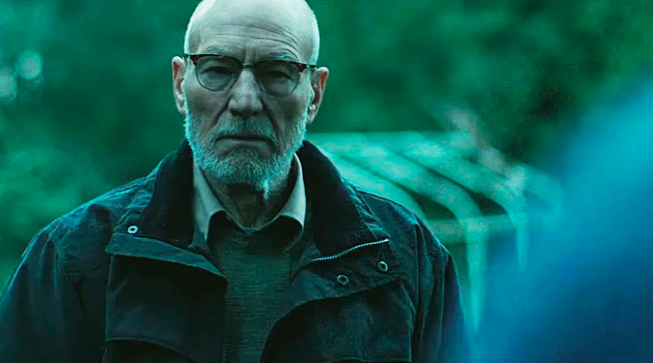
Green Room, dir. Jeremy Saulnier
One of my all-time favorite films also features one of my all-time favorite villains: the quietly scary Darcy, brought to life by a wildly cast-against-type Patrick Stewart. As a scrappy punk rock band witnesses a murder and finds themselves under siege in a titular green room by vicious skinheads, the gang’s criminal leader steps into the picture. He’s an exact reversal of expectations—polite, soft-spoken, and thoroughly in control. At first, he even appears to be a welcome voice of reason, offering to negotiate with our desperate and terrified heroes, promising to ensure their safety, and never once raising his voice. Even as his methods grow harsher, his eerie restraint—despite the escalating body count¯is bone-chilling to me, and makes Darcy a worthy final villain on my list.
















